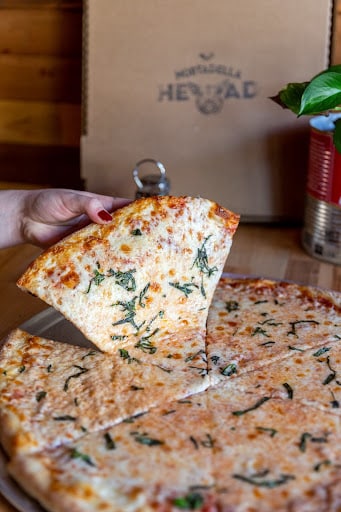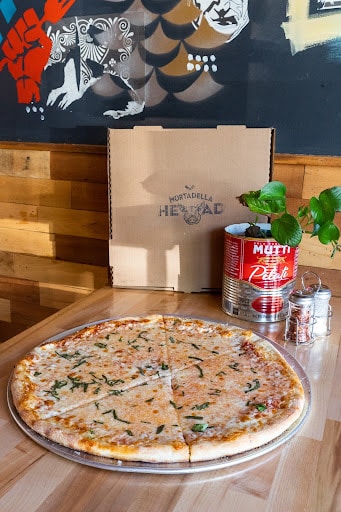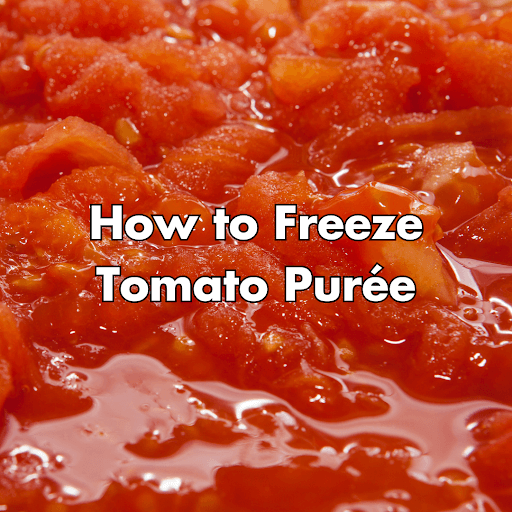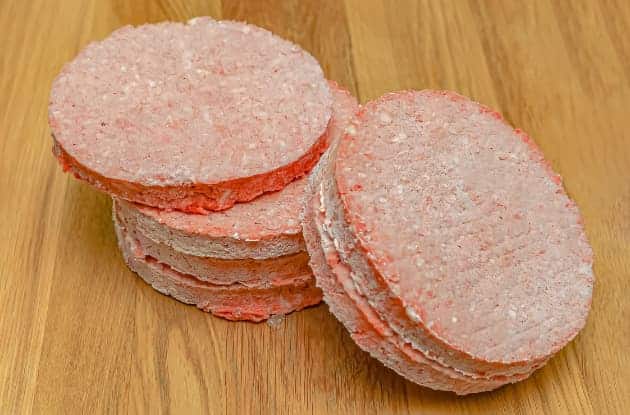There’s something so undeniably satisfying about devouring a piping hot pizza.
But what about the inevitable aftermath – the greasy cardboard box staring back at you?
This seemingly mundane object sparks a crucial question: where does a pizza box belong?
Can it be tossed with the rest of the paper products in the recycling bin, or should it be placed in the compost cart alongside food scraps?
The answer hinges on the state of the box – is it a leftover from a delivery order or a box scarred by grease and leftover toppings?
Let’s delve into the world of pizza box disposal, exploring the options of recycling, composting, and trash disposal.
Recycling: When Clean Cardboard Reigns Supreme
First things first, let’s celebrate some good news!
Clean cardboard pizza boxes, free from any food residue, are generally considered recyclable materials.
The cardboard’s paper fibers can be transformed into new paper products, minimizing waste and conserving precious natural resources.
Imagine your old pizza box returning as a sturdy notebook or a crisp envelope! So cool!
However, the recycling process depends on cleanliness.
Food waste, including cheese, grease, and leftover sauce, introduces a significant roadblock.
These food-soiled paper bits can contaminate the entire batch of paper in the recycling stream, rendering it unusable.
Think of it like a single rotten apple spoiling a basket of perfect ones. Yikes!
This is where the greasy dilemma comes in.
Cardboard pizza boxes laden with greasy bits, melted cheese, or sauce containers stuck to their surface are generally not accepted in recycling programs.
The presence of these food residues disqualifies them from the clean cardboard category.

Composting: Transforming Food Scraps into Black Gold
Fear not, pizza enthusiasts! Composting is another option!
This natural process involves breaking down organic materials like food scraps and yard waste into a nutrient-rich soil amendment called compost.
This “black gold” is a game-changer for gardens, providing essential nutrients for healthy plant growth.
Clean pizza boxes, free of grease and food residue, can be ripped into smaller pieces and added to your backyard compost pile or green bin. These cardboard pieces act as essential brown components in your compost mix.
Think of them as the structural support for the “green components” like food scraps and yard trimmings.
But What About the Greasy Parts?
Dirty pizza boxes with a little grease or cheese clinging to the bottom present a challenge for home composting. While some microorganisms in your compost pile can break down these greasy bits, large amounts of grease can slow down the composting process and even attract unwanted pests.
Here are some creative ways to navigate the greasy pizza box conundrum:
- Separate the Clean from the Greasy: Carefully tear off the clean cardboard sections of the box and add them to your compost bin. The remaining greasy parts can be disposed of in your regular trash bin.
- Break it into Small Pieces: If the grease isn’t excessive, tear the entire box into small pieces. This increases the surface area, allowing for faster breakdown in the compost pile.
Important Note: Always check with your local composting program for specific guidelines on accepted materials. Some programs might have limitations on food-soiled paper or require specific types of compostable bags.
Beyond Pizza Boxes: A Guide to Composting Other Paper Products
While pizza boxes are a ubiquitous household item, here’s a quick guide to composting other paper products:
- Compostable Items: Paper towels, coffee filters, tea bags, and uncoated paper plates can be composted in small amounts.
- Proceed with Caution: Wax paper and parchment paper might not be compostable in all programs due to the waxy coating. Check with your local guidelines.
- Non-Compostable Materials: Plastic bags, plastic films, and glossy paper products (like magazine covers) are not suitable for composting.
Choosing the Right Bin for Your Pizza Box
By understanding the difference between clean and greasy pizza boxes and the capabilities of your local composting program, you can make an informed decision about where to send your pizza box. Remember, small amounts of food residue on the box might be acceptable in some composting programs, so always check with your local facilities.

When Recycling and Composting Aren’t Options
There might be situations where neither recycling nor composting is the best option for your pizza box. Perhaps the box is heavily saturated with grease, or your local program doesn’t accept food-soiled paper products. In these cases, responsible trash disposal becomes the most appropriate course of action.
Here are some additional factors to consider:
- Yard Waste Bags: If your pizza box has significant grease stains or stuck-on food scraps beyond a manageable amount, consider disposing of it in a yard waste bag. These bags are typically landfilled, but at least the cardboard doesn’t contaminate the recycling or composting streams.
- Pizza Saver Stands: Those little plastic tripods that keep your pizza box lid from sticking to the cheese? Unfortunately, pizza saver stands are generally made of plastic and are not recyclable or compostable. Dispose of them responsibly in your trash bin.
- Delivery Instructions: When ordering pizza delivery, some restaurants offer the option to opt for a recyclable pizza box. This can be a great way to minimize waste from the outset.
- Reusable Containers: For frequent pizza take-out enthusiasts, consider investing in a reusable container. These containers can be used for multiple deliveries, reducing reliance on disposable boxes altogether.
Fun Facts About Pizza Boxes and Sustainability
While we’ve delved into the disposal dilemma, the world of pizza boxes holds some fascinating trivia!
- The First Pizza Box: Believe it or not, the pizza box as we know it wasn’t always around! The concept originated in the late 1800s in Naples, Italy, where bakers used tin containers to transport pizzas. Cardboard pizza boxes became mainstream in the United States around the 1920s, thanks to the rise of home deliveries.
- The Power of Design: The pizza box isn’t just a container – it’s a marketing tool! Pizza box designs have evolved over time, showcasing everything from vibrant colors and catchy slogans to intricate artwork. Some pizzerias even use the box as an additional cooking surface, printing instructions for reheating leftover pizza on the inside.
- Global Pizza Box Variations: Pizza boxes aren’t a one-size-fits-all phenomenon! Did you know that in Japan, pizza boxes are often square instead of round? This allows for more efficient stacking during delivery. In some South American countries, pizza boxes might be made from corrugated cardboard, offering additional sturdiness for transporting pizzas on motorbikes.
Beyond Pizza Boxes: A Sustainable Future for Food Packaging
The pizza box debate highlights a larger issue – the environmental impact of food packaging. Here are some ways we can all contribute to a more sustainable future:
- The Power of “Bring Your Own Container”: When ordering takeout, consider bringing your own reusable container to minimize the need for disposable packaging.
- Creative Reuse: Get crafty! Clean pizza boxes can be repurposed for various uses like art projects, seed starting trays, or even makeshift organizers.
The Final Slice: Knowledge is Power
By understanding the options for pizza box disposal – recycling, composting, or responsible trash disposal – you can make informed choices that benefit the environment. So next time you finish that delicious pizza, remember – the box doesn’t have to become landfill fodder. With a little knowledge about your local disposal options, you can ensure your pizza box has a second life, whether through recycling, composting, or even creative reuse.










